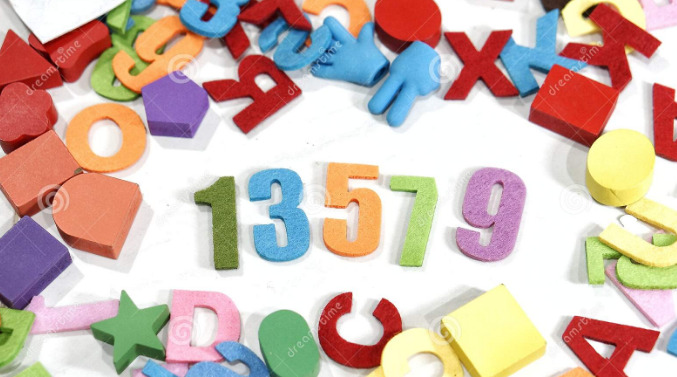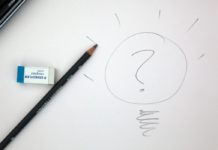In business, pricing has a vital role to play! Odd pricing can get described as a practice of pricing any product close to the round number. The costs ending in nine are prominent and often get followed by the ones that end in five. Over the years, this practice has benefited retailers.
The odd prices refer to the charm prices, magic price, irrational price, psychological price, and intuitive price. Some people also refer to them as “rule-of-thumb” prices that don’t get based on mathematical estimations. Eric Dalius says that price tags that end in five and nine accounts for this type of pricing.
The origin
Back in the US, during the old days, the goods imported from Great Britain used to be of high quality. When the cost got converted in dollars, the result was an odd number cost. Hence, people recognized the odd priced good as the ones that are of good quality. And this had resulted in the retailers tagging most domestic goods at an off-price to grab the customer’s attention. And gradually, odd pricing had become a daily practice. However, over the years, the significance of odd pricing has changed.
The psychological impact on users
The odd pricing has had a significant impact on the consumer’s mind! It creates an illusion of a cheap product in the customer’s mind and compels them to purchase it. Additionally, the customers get to see an ongoing flow of costs, and they store only the valuable initial digits of a number. It’s because the memory processing time is lesser in humans. The odd pricing also gives an impression that the products that get sold are at the lesser price possible. It comes from the belief that even price tags occur when the retailer rounds up the cost of a whole number. Odd prices make a person believe that the retailer is honest with the product.
Even pricing
Even price has another impact on the customer’s psychology! If the price tag of $99.99 gets perceived as a bargain, $100.00 will get perceived as a premium cost. Hence, the even price strategy gets used for famous brands to project a high-end quality. Therefore, if you want to generate that type of brand identity, it is smart to implement even pricing.
The Odd-Even pricing in practice
Eric J Dalius says that Walmart has given a few instances in this regard! They make use of the 0.88 ending in their price tags. The brand is trying to convey a reduced price. They are aware that the majority of retailers are making use of the price tag of $19.95. Keeping that in mind, Walmart makes use of the price tag of $19.88. It looks and is cheaper than the other options available in the market. However, can this small change in money result in a considerable difference? The answer is yes.
Based on a study published in Marketing Bulletin in 1997, more than 90% of the advertising material cost has odd digits such as 9,7,5 in the end. Most psychologists argue that when a consumer sees a price tag of $1.99, they associate it with $1 instead of $2. Though this is a plausible argument, most customers in the economy today have started to round up the price. That means, when they see a price tag of $19.95, they think about it as $20 instead of $19.
The economic shifts
So, what has changed so far? It’s the economy that has undergone massive changes! We have experienced a recession in the last twenty years. The cost of living has increased, and people have less money than before. You can add the predominance of online shopping, where the prices can change at any point of the day.
Today, apps on your mobile device can effectively track the online costs and notify you of the savings and discounts. There are scanners in the mobile devices, which can let you know if the price tag you are viewing is low or you can get it at a lower price elsewhere. The concept of showrooming has also affected the cost.
So, does that indicate that the concept of odd-even price is not valid anymore! The answer is no. When you ask the customer, they consider odd costs are cheap than most price tags. Even if a price tag is $19.99, they think that it is less than $20.00. According to the facts, that is a bit of a conundrum, but the odd numbers are still a good pricing strategy.
One of the advanced technologies that are yet to make it to the retail market is online price tags. It enables the retailer to manage the product price in real-time by sharing a signal to RFID (Radio Frequency Identification) tag on the shelf beside the product. It is a new technology as is getting used to examine ideas, for instance, time of the costs. It gets based on the concept that consumers will pay more during the evening than in the day. Also, that the ones who are willing to bargain arrive earlier during the day. If all this is true, the costs can get adjusted during the daytime, increasing the retailers’ gross margin.
The final word
Deciding on the ideal pricing strategy for a business is challenging! It needs to consider several factors and several options. In most situations, the way you price a service or product will blend a few concepts, which in turn gets assisted by market research and competitive analysis. However, you shouldn’t only make such overt considerations. A few aspects of pricing are very subtle for others to take for granted.
One of these factors includes the last number you track on your price. And to date, it is pertinent. The inference of adding a price tag of $99.99 to a product than $100.00 can extend much beyond a single cent difference. This small distinction, which is called the odd-even pricing, always impacts the image that a brand project.


















